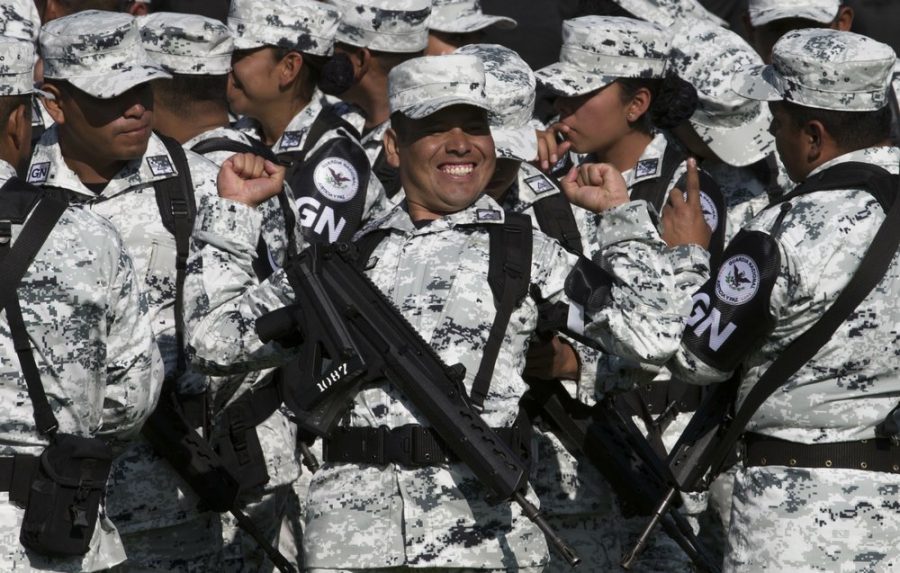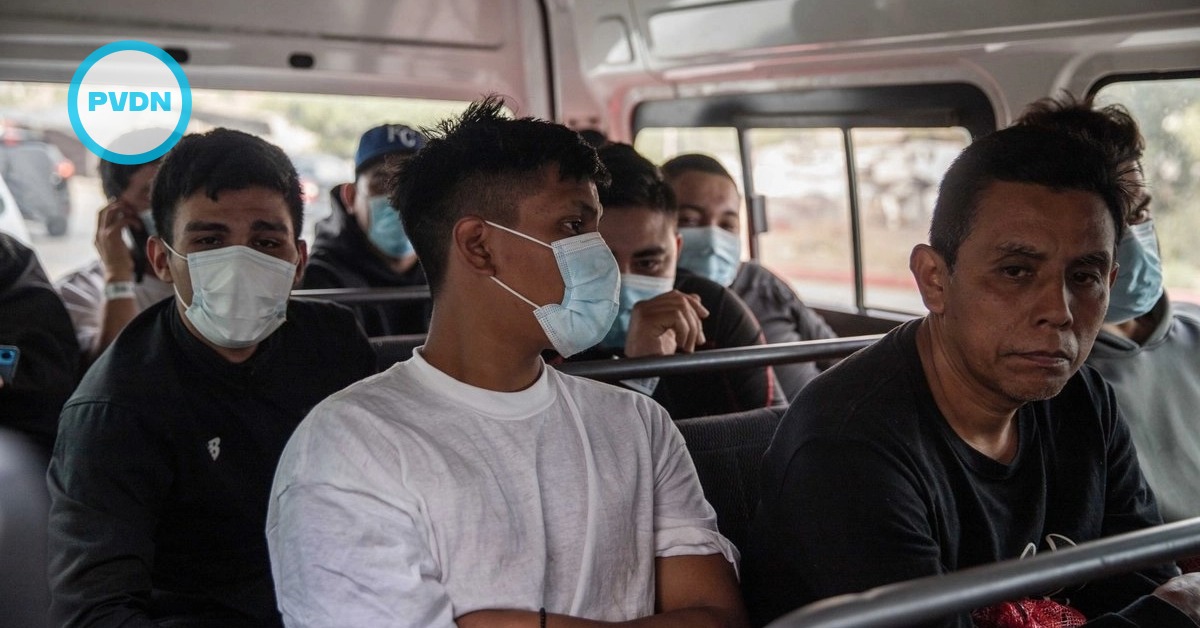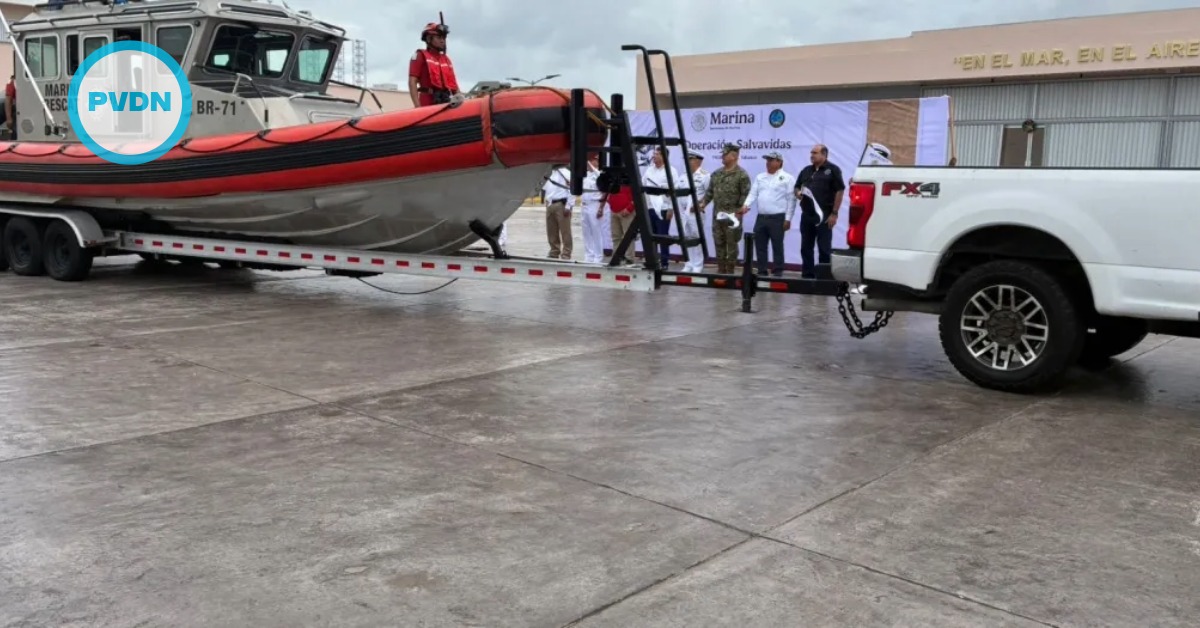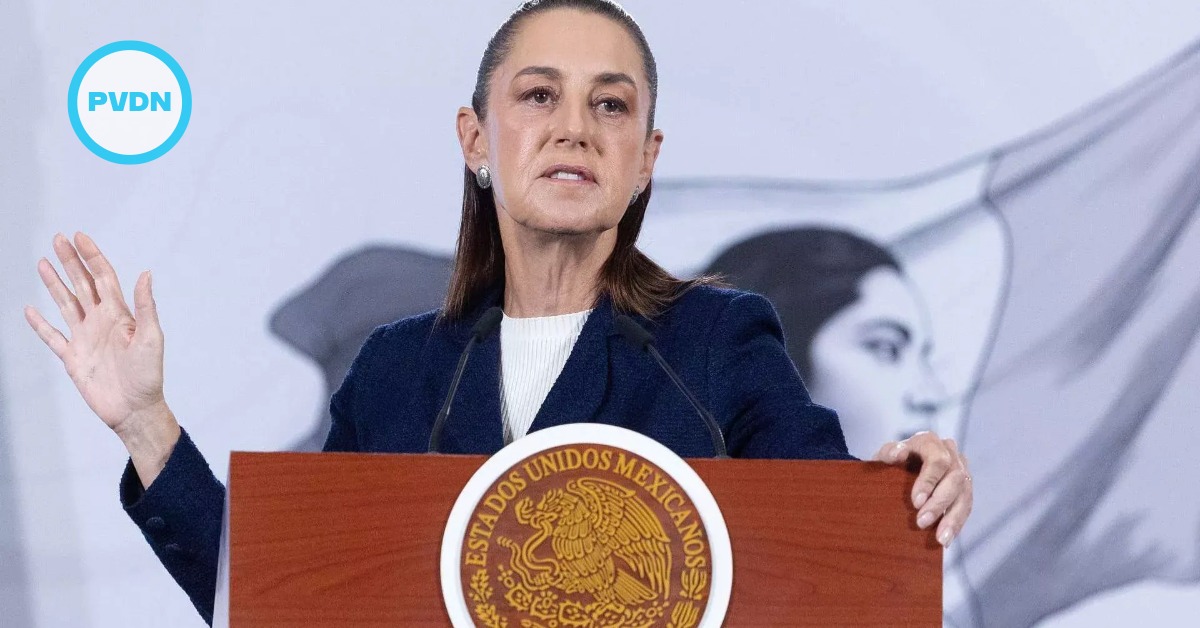The Mexican army _ the country’s last line of defense against violent gangs _ is struggling with President Andrés Manuel López Obrador’s desire to avoid confrontation while simultaneously dealing with gangs that have become more aggressive and often use townspeople as human shields.
López Obrador has given the army a bigger role than it has had in decades, but he also given it the mandate of avoiding civilian casualties. For months, that has meant allowing army patrols to be slapped around by crowds, disarmed and humiliated. But the army’s patience appears to be running . . .






